Last week, I introduced Ray Suarez’s 1999 book, The Old Neighborhood: What We Lost in the Great Suburban Migration, 1966-1999. Suarez’s book looks at the phenomenon of the “old neighborhood” – once-bustling, tight-knit urban communities that are now ghettos or that have been largely abandoned.
In his survey of numerous American cities, Suarez explores the institutional and societal pressures that contributed to the decline of the old neighborhood: the rise of automobile culture; the G.I. bill, which encouraged white Americans to purchase new homes in the suburbs; and devastating real estate practices such as racial redlining and blockbusting.
But Suarez also considers the profound role that race played in the decimation of the old neighborhood. The old neighborhood, Suarez observes, was populated largely (sometimes entirely) by whites, and the subsequent ghettos found today are populated by African Americans and other racial minorities. What emerges is a tale tinged with racial politics.
To better understand what happened to the old neighborhood, Suarez visited cities across the United States and interviewed both those who left the old neighborhood (largely white Americans) and those who live in those neighborhoods today (primarily racial minorities). His chapter on St. Louis tells a familiar story, contrasting as it does former (white) residents of the City who now live in St. Charles County and the current (African American) residents of the Wells-Goodfellow neighborhood (immediately adjacent to Wellston).
St. Louisan Charles Manelli describes the forces that prompted whites to leave the City of St. Louis and move to the County:
People our age at that time all wanted to buy houses, and there just weren’t any houses available in the city of St. Louis. So they all moved, and bought homes out in the county. The city was really emptying out quickly at that time. So sure, there were houses, but they were not the houses that the young people would have wanted. There was lot of old real estate in the city, and the new subdivisions was where the young people wanted to go. . . . We bought our first home on the GI Bill, that’s the way everyone was going then. You had two bathrooms, three bedrooms, it was different. And you could buy these houses for twenty thousand dollars, eighteen thousand dollars. That’s what the young people wanted. They didn’t want the big brick bungalows.
Eventually, neighborhoods in North St. Louis and in the first-ring suburbs such as Wellston began to lose their white population, which was moving further into North St. Louis County and, in recent decades, into St. Charles County. To understand the forces that drove this population further and further north, Suarez visited the St. Charles home of Pat and Lisa Petroff, who were hosting a neighborhood watch gathering of “the residents of a recently built suburban subdivision.”
What brought these folks to St. Charles County? They wanted, writes Suarez, “an area with a low crime rate and a total absence of the urban madness that crowds their late news each night.” He tells of a conversation with a man who recently moved from Florissant to St. Charles County. “You work hard,” says this man, “and you want to be comfortable and safe.” And, the man notes, “I’ve run into six people I graduated from high school with who are now living in this area.”
Standing in contrast to the Petroffs and other white St. Charles County residents is Veronica Evans, an African American resident of the Wells-Goodfellow section of St. Louis, a neighborhood just next door to Wellston.
Suarez describes the devastation the Wells-Goodfellow has suffered, pointing to its “crumbling streets, shuttered shopping strips, and dim prospects for the future.” The neighborhood is plagued by a myriad of ills: “fly dumping (the clandestine dumping of building supplies, industrial waste, or bulk household waste on vacant land), crack sales, gang violence, and the general disorder that can break out in the widening gaps between the [neighborhood’s] inhabited buildings.”
Of particular concern are the deteriorating buildings in Wells-Goodfellow and other inner-city neighborhoods in St. Louis. Suarez writes:
The contrast between the conditions in the city of St. Louis and its vast suburbs is stark, and stunning. Large sections of the city are now virtually empty. Children thread their way through vacant lots in the morning, converging on the neighborhood school in Evans’s area, Pierre Laclede, named for the French founder of St. Louis. Standing adjacent to the vacant lots are the board-ups, stout brick houses once home to one, two, and four families. Now the generous front porches are permanently empty, the windows covered in plywood, the houses empty except when colonized by squatters and drug dealers or stripped by salvagers.
In fact, says Suarez, “The board-ups are so frightening to the neighborhood that many decide a vacant lot is better. A common and effective focus of grassroots activity centers is on demolition petitions. You can tell a lot about a neighborhood when there is general rejoicing after another intact building tumbles to the wrecker’s ball.”
Evans wonders about the loss of “nice” buildings. “It couldn’t cost that much to fix this place up to make it good enough to live in,” she says of one building. But, Suarez explains, “the longer the buildings stay empty, the more they deteriorate. Floors buckle from summer expansion and winter contraction, broken windows let in the water that wrecks walls and floors, intruders set fires, water pipes burst with the cold. The real problem with [such] a brick building . . . is that it is a leftover, a relic from a past economy.” Says Evans: “It’s a shame when they got to knock them down, instead of fixing them up. But if nobody wants to fix them up, there’s really nothing else we can do.”
Ultimately, says Suarez, the buildings become both actual manifestations of crime and community disintegration and symbols of the neighborhood’s decline:
The abandoned buildings house both real crime and the worst fantasies of suburban whites that drive their perceptions of inner-city life. For all the buildings that do become home to shooting galleries, crack kitchens, or gang flophouses, others sit, mute and decaying. The pictures of these homes are a staple of the evening news in big metropolitan areas, acting as potent symbols in the minds of many Americans.
Seeing the dire conditions in the Wells-Goodfellow neighborhood, Suarez asks Evans: “Would you leave this neighborhood, if you had the cash? If you could go?”
He is stunned by her answer.
“No, I wouldn’t leave,” she says. “I couldn’t leave now.”
What ties Evans to the disintegrating neighborhood? The community work she is doing with other neighbors – a group Suarez calls “a brave little band of homeowners in a blasted landscape.”
Evans takes Suarez on a walk around the Wells-Goodfellow neighborhood, showing him the community garden, “where the children of Laclede School spend their spring and fall learning about botany and nutrition,” and pointing to a “boarded-up two-family home directly across the street” from the school. “They were selling drugs in here,” explains Evans. “We called the police, and kept calling, and kept calling until we got them out of here.” When the boarded-up building was taken over by squatters (who “ran an electric line from the alley and began cooking over wood fires”), the community activists “leaned on the police again, and today the building is once more shut up tight.”
In addition to this walk around the neighborhood, Suarez accompanies Evans to a community meeting. “Around the table,” he says, “sat retired city workers, young parents, representatives of church-based not-for-profits, and the local police precinct commander.” Among the difficulties the group has to confront that night is very welcome news from the commander: “Crime against persons, like muggings and assaults, is down 10 percent from a year ago. This announcement is greeted with applause around the table.”
Despite the difficulties the neighborhood faces, the mood in the meeting room is generally positive:
Throughout the meeting setbacks are met with concern and a plan for tackling them. Good news is met with real satisfaction and optimism. In spite of everything they’re up against, it seems, these people who inhabit what would look like America’s urban nightmare on a newspaper cover, or during the late news, really believe they can control their blocks, and thus take more control of their lives.
Though Wells-Goodfellow and nearby Wellston face daunting problems, it is heartening indeed to “meet” people like Veronica Evans and to see the good work that community groups are engaged in. As this blog develops, I hope I’ll hear more good stories of the work residents are doing to bring new life to the “old neighborhood.”
Tags: buildings, inner city, St. Charles, Wells-Goodfellow

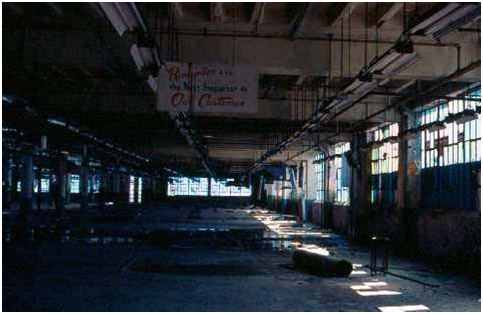

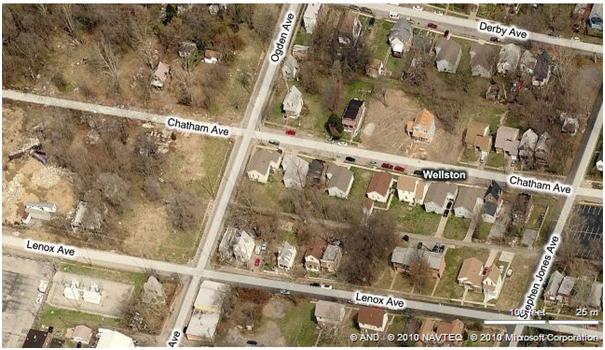
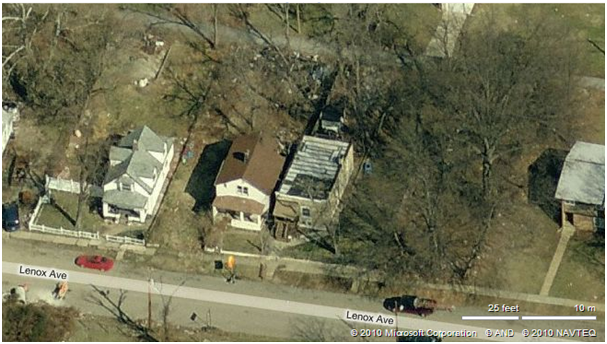
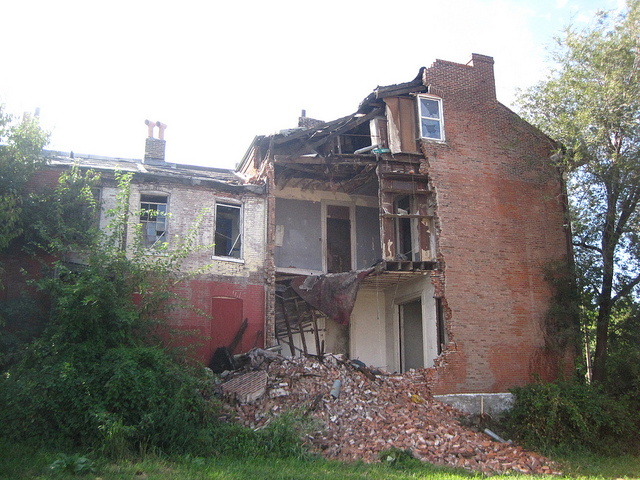
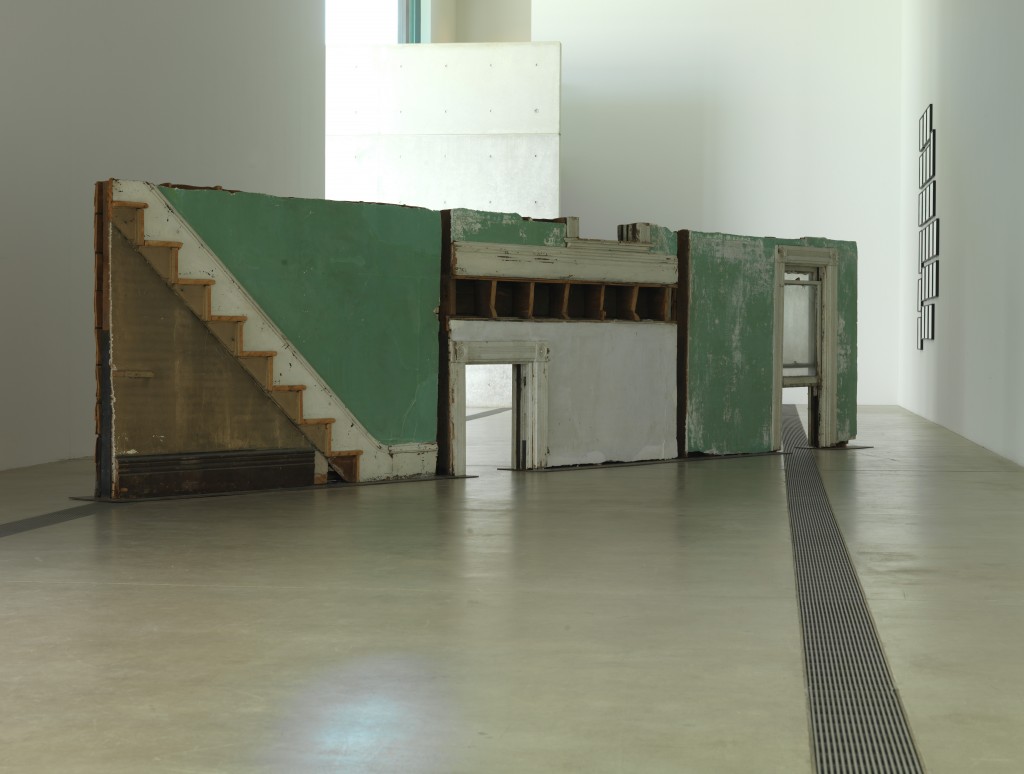
Recent Comments